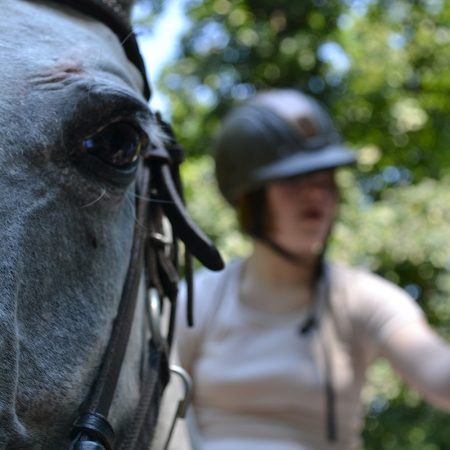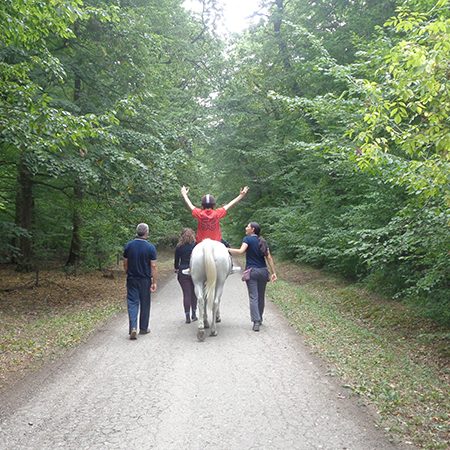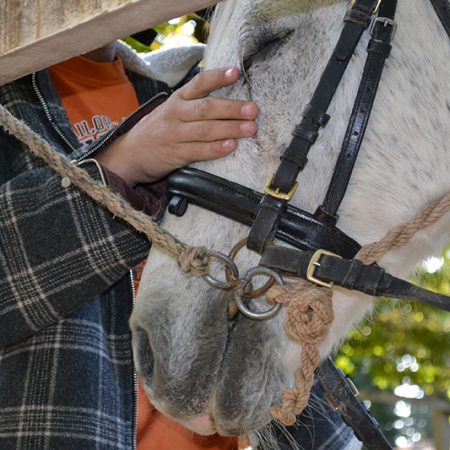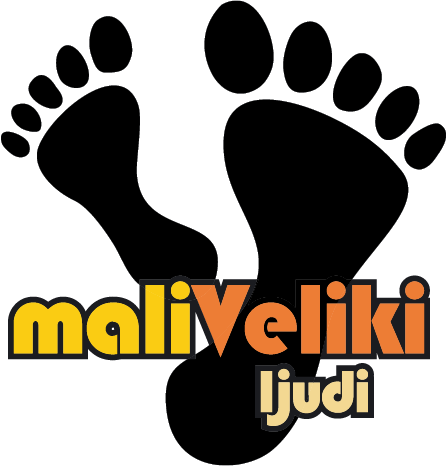Equine assisted activities and therapy (EAAT)
EEAT is a therapeutic method that involves interaction with horses and other equines designed for children and individuals with and without disabilities, including those with physical, cognitive and emotional issues.
EAAT have been used to treat individuals with neurological diseases or disorders such as cerebral palsy, movement disorders, or balance problems. It is believed the rhythmical gait of a horse acts to move the rider’s pelvis in the same rotation and side-to-side movement that occurs when walking; the horse’s adjustable gait promotes riders to constantly adjust to encourage pelvic motion while promoting strength, balance, coordination, flexibility, posture, and mobility. EAAT have also been used to treat other disabilities, such as autism, behavioral disorders and psychiatric disorders.
Equine assisted activities and therapies (EAAT) are not designed or intended replace more commonly used treatments; rather, they are considered complementary and adjunct interventions in addition to more traditional forms of therapy.




Previous
Next
